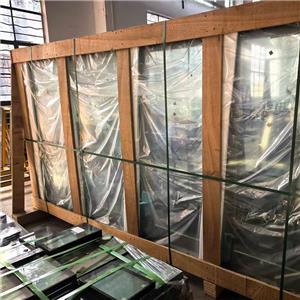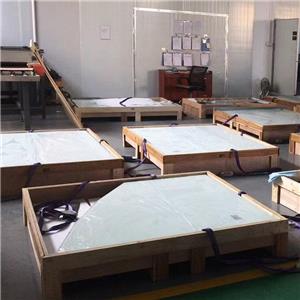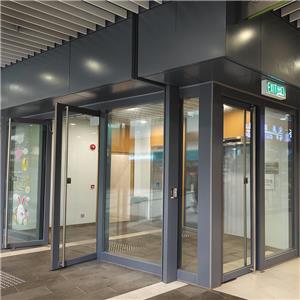Industry News
-
The Grand Atrium Glass in Shopping Malls Isn't Just for Looks
the grand atrium glass in shopping malls is a masterpiece of multi-functional design. Far from being a mere aesthetic feature, it is an integrated system that provides non-negotiable life safety, promotes significant energy efficiency, and crafts the very experience of the space.
15-12-2025 -
Installation Guide for EI60 25MM Fire-Resistant Insulating Glass
This guide provides general instructions. The installation of fire-rated glazing must be carried out by qualified and experienced professionals in strict compliance with the approved fire-rated system design, local building codes, and national safety regulations. Improper installation will void the product's fire rating and may lead to catastrophic failure in a fire.
09-12-2025 -
The Importance of Fire-Rated Gaskets for Fire-Rated Glass
In modern building safety, fire-rated glass stands as a critical line of defense, designed to compartmentalize flames and smoke, protect escape routes, and provide crucial time for evacuation and emergency response. However, the performance of this specialized glass is entirely dependent on a seemingly minor yet utterly indispensable component: the fire-rated gasket.
08-12-2025 -
Technical Challenges in Manufacturing Rigid Fire-Resistant Interlayer Glass
Rigid fire-resistant interlayer glass is a critical building material designed to prevent flame and smoke spread while maintaining structural integrity during fires. Its production involves complex processes where precision and material science intersect. Despite its importance, manufacturers face significant technical challenges that impact quality, efficiency, and scalability. This article explores these challenges and the innovations addressing them.
13-09-2025 -
The Critical Role of Fire-Resistant Glass in Building Emergency Exits
Building emergency exits serve as the lifelines of any structure during fires, transforming chaotic evacuations into orderly escapes. The integration of fire-resistant glass in these critical pathways—stairwells, corridors, and exit doors—is not merely a compliance measure but a scientific survival strategy. Here’s how this technology redefines safety in modern architecture.
31-07-2025 -
The Critical Role of Intumescent Seals in Fire-Resistant Glazing Systems
Intumescent glazing seals—often overlooked as mere accessories—are in fact the linchpin of fire-resistant glass systems. These specialized components transform passive glazing into active fire barriers by expanding up to 10× their original volume when exposed to heat, sealing critical gaps between glass edges and framing. This dynamic response is fundamental to containing flames, smoke, and toxic gases during building fires. Here, we examine their engineering principles, performance standards, and transformative impact on fire safety.
10-07-2025 -
The Critical Functions of Self-Closing Fire-Rated Glass Doors in Building Safety
Self-closing fire-rated glass doors exemplify passive fire protection engineered for reliability. By autonomously sealing off flames and smoke, syncing with alarm systems, and resisting tampering, they transform ordinary thresholds into life-saving barriers. As high-rise construction surges globally, these systems will remain non-negotiable in fire-resilient architecture.
02-07-2025 -
The Critical Role of 2-Hour Fire-Rated Glass in Modern Shopping Malls
Shopping malls, as complex public spaces with high occupant loads, demand rigorous fire safety strategies. 2-hour fire-rated glass—tested to withstand flames, smoke, and heat for 120 minutes—serves as a vital component in compartmentalizing fire hazards and ensuring safe evacuation.
29-06-2025 -
Pyronano: Redefining Fire Safety with Advanced Rigid Fireproof Sealants & Fire-Resistant Glass Solutions
The Burning Challenge in Modern Construction As skyscrapers grow taller and building codes stricter, conventional fire protection methods struggle to balance safety with design freedom. Traditional firestop solutions often: ❌ Degrade under UV exposure ❌ Release hazardous fumes ❌ Fail to maintain structural integrity beyond 90 minutes
24-05-2025




